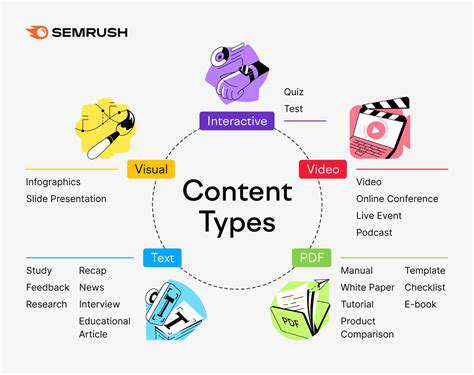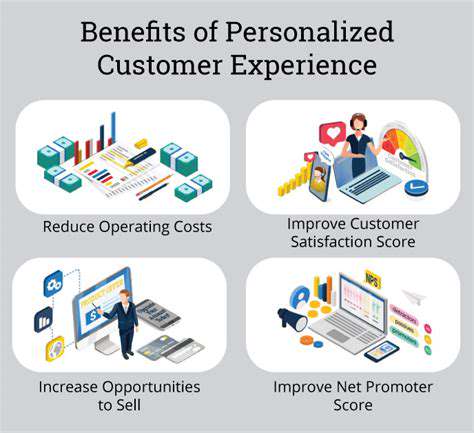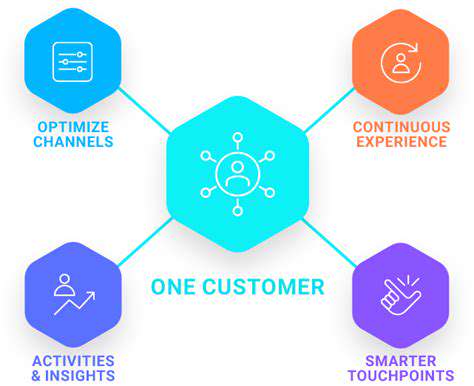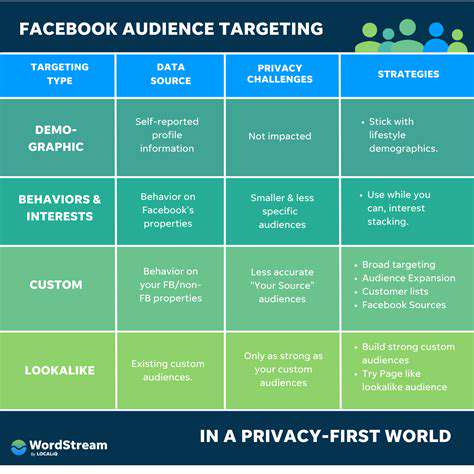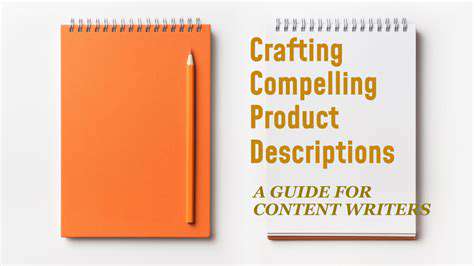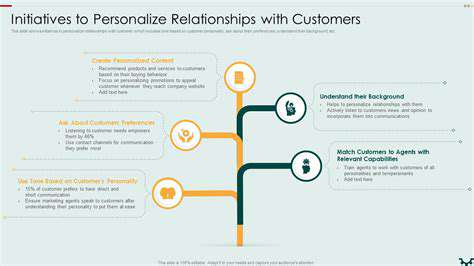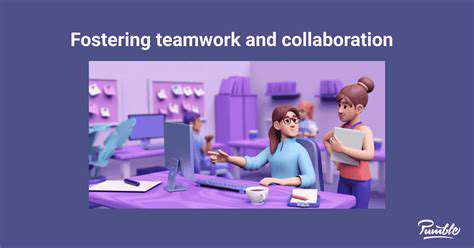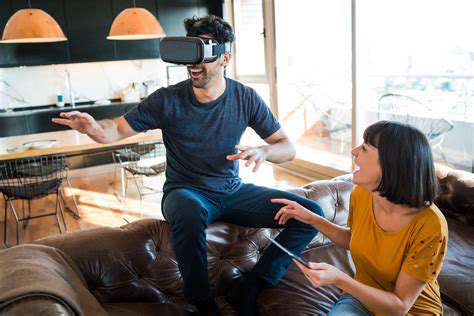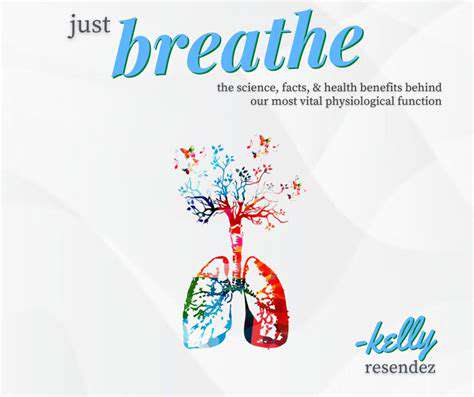Learning on the Go: Personalized Educational Travel Journeys
Uncovering Hidden Histories
When we step beyond classroom walls, history transforms from abstract dates into living narratives. Walking through ancient ruins or handling centuries-old artifacts creates visceral connections that textbooks simply can't replicate. In Pompeii, for instance, the preserved bakeries and bathhouses tell stories of daily Roman life more vividly than any written account. These tangible remnants spark questions about how people lived, worked, and interacted, prompting deeper historical inquiry.
Local historians often share perspectives that challenge conventional narratives. In Mexico City's Templo Mayor, indigenous guides reveal Aztec cosmology through layers of colonial architecture - a perspective rarely found in standard curricula. This active engagement with multiple viewpoints fosters critical analysis skills essential for interpreting history's complexities.
Expanding Perspectives and Challenging Assumptions
Cultural immersion acts as a mirror, reflecting our unconscious biases while revealing alternative ways of being. Participating in Japan's tea ceremony or observing Bhutan's Gross National Happiness philosophy in action forces reevaluation of Western success metrics. These experiences create cultural dissonance - the productive discomfort that occurs when our worldview doesn't match reality.
Developing Essential Soft Skills
Navigating foreign transit systems or bargaining in Moroccan souks builds cognitive flexibility. Each miscommunication resolved or unexpected detour navigated strengthens what psychologists call adaptive competence - the ability to thrive in unpredictable situations. These micro-challenges develop emotional regulation alongside practical skills.
Consider the Tokyo subway: decoding kanji maps while managing luggage and cultural etiquette creates neural pathways for creative problem-solving. Such experiences rewire our brains to handle ambiguity - a skill increasingly valuable in our volatile professional landscape.
Cultivating a Global Mindset
Sitting in a Rwandan coffee cooperative or discussing climate change with Icelandic fishermen makes globalization tangible. These encounters transform abstract concepts like economic interdependence into personal relationships with global impact. When students see how their consumer choices affect Indonesian textile workers or Kenyan flower farmers, ethical thinking moves from theoretical to instinctive.
Tailoring the Trip to Your Specific Needs
Understanding Your Unique Learning Style
As highlighted in this guide to learning styles, some travelers absorb most through sketching Venetian architecture (visual), while others prefer audio-guided museum tours (auditory). Kinesthetic learners might reconstruct Roman engineering principles by building miniature aqueducts with local materials.
Defining Specific Learning Goals
Rather than vague objectives like learn Spanish, set measurable targets: Hold 10-minute market conversations or Read a children's book cover-to-cover. Goal-setting theory shows specificity increases achievement likelihood by 42% according to Dominican University studies.
Selecting Appropriate Learning Resources
Combine Duolingo's gamification for language basics with neighborhood walking tours for contextual learning. The 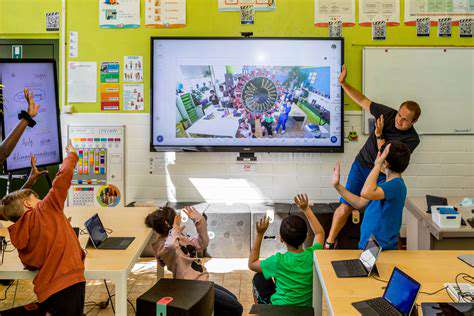 demonstrates how blended approaches yield best retention.
demonstrates how blended approaches yield best retention.
Creating a Personalized Learning Schedule
Morning hours might focus on language immersion at cafes, afternoons on structured museum visits, evenings on reflective journaling. Neuroscience confirms 90-minute learning blocks with movement breaks optimize cognitive absorption.
Utilizing Technology to Enhance Learning
Augmented reality apps like Civilizations AR overlay historical contexts onto modern cityscapes, while translation earbuds enable real-time conversations that build confidence.
Seeking Support and Feedback
Platforms like Meetup connect travelers with language exchange partners, creating accountability while providing cultural insights no guidebook offers.
Adapting Your Approach as Needed
When fatigue sets in, shift from intensive museum days to observational neighborhood walks. The 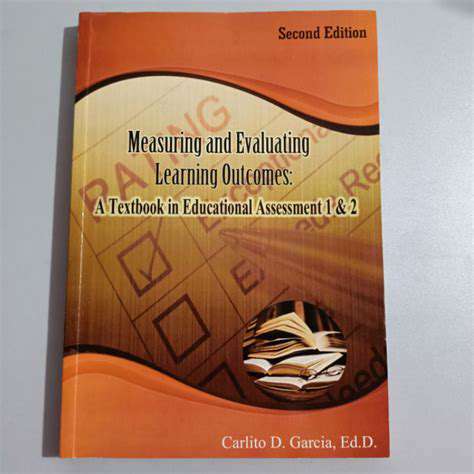 illustrates how flexible pacing improves long-term retention.
illustrates how flexible pacing improves long-term retention.
Read more about Learning on the Go: Personalized Educational Travel Journeys
Hot Recommendations
- Senior Travel Discounts and Deals
- Personalized Travel for Different Seasons and Climates
- Honeymoon Destinations: Romantic Getaways for Newlyweds
- Mythical Places: Journeys to Legendary Locales
- The Future of Travel Agents in an Automated World
- Sustainable Design for Tourist Infrastructure
- Combatting Illegal Wildlife Trade Through Travel Awareness
- The Best Beaches for Relaxation and Sunbathing
- Marine Conservation: Diving into Responsible Ocean Travel
- Measuring the Social Impact of Tourism
